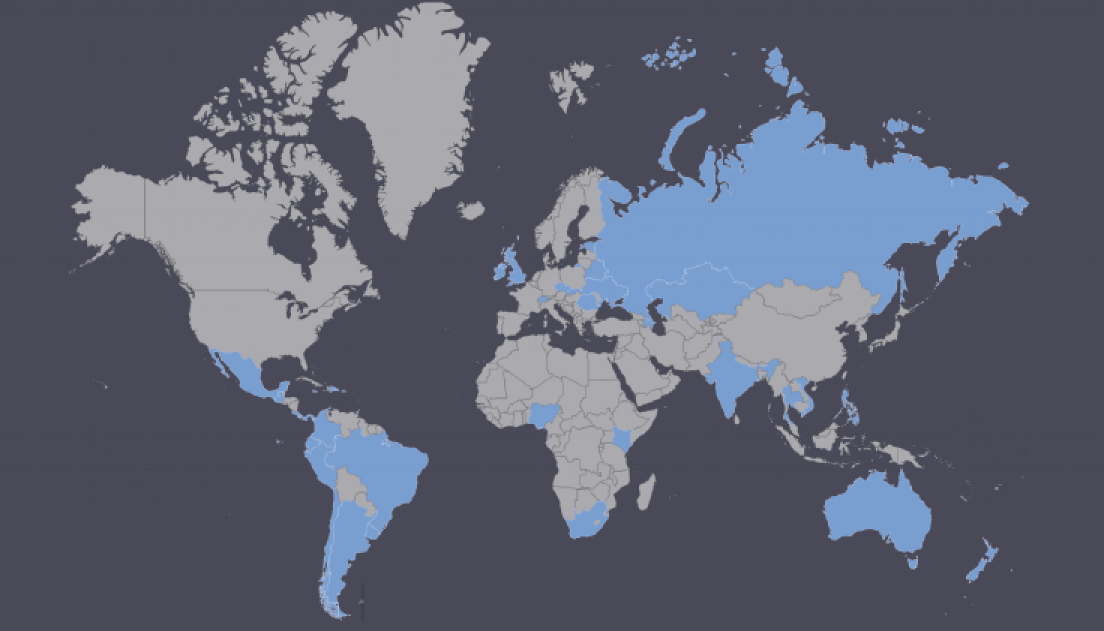
BS Thesis | Comparative Analysis of UberX Business Models
Background
This project was born out of the observation that Uber employed different business models in the United States and in Mexico to enable prospective ‘carless’ drivers to work on the platform. In the United States, ‘carless’ drivers rented cars from companies (like Hertz and Enterprise) with whom Uber had established corporate partnerships—the “Institutional Partner-Driver Model”. In Mexico, ‘carless’ drivers accessed cars from private individuals (partners) who could afford Uber approved vehicles but did not want to drive them on the platform—the “Interpersonal Partner-Driver Model”.
Questions
Why do these differences in Uber’s business model arise and how do they impact the operation and outcomes of the market?
Methods
1. Online survey created through Google Forms and disseminated among Uber drivers and partners in Mexico
2. Semi-structured interviews conducted with stakeholders in the Uber market across Mexico and the United States (drivers, partners, academics, labor-law specialists, and ride-sharing platform management)
3. Logistic regression performed on a series of economic indicators collected from the World Bank’s “Development Indicators” database. Our dependent variable was the appearance of the either model (Institutional vs Interpersonal) across all countries where Uber operated. Our independent variables were economic indicators such as: GDP per capita, GINI coefficient, and measures of the size of the informal economy among others. In order to perform the logistic regression, the values for our independent variables were made discrete by separating them into quartiles.
Findings
The emergence of the “Interpersonal Partner-Driver Model” is a functional development that allows for the capitalization and operation of the Uber market in countries with high levels of economic informality and inequality. In these countries, people lack access to credit from financial institutions and are therefore unable to purchase or rent cars for them to drive on the Uber platform. Additionally, large gaps between the rich and the poor make it so that those able to afford cars have opportunity costs that are higher than the wages they could make driving for Uber (rendering it unattractive for them to drive on the platform). As a result, the “Interpersonal Partner-Driver Model” enables the Uber market by making use of an informal capitalization mechanism through which individuals connect and reach arrangements privately in order to drive on the platform. Among other things, this development decreases the profit that drivers on the platform make (adding an unregulated and unsupervised intermediary) and creates a strong sense of solidarity and camaraderie between those drivers that rent their cars from private individuals. This solidarity and camaraderie is embodied in a dense communication and collaboration network that emerges among Uber drivers in Mexico with hundreds of groups containing hundreds of individuals each and used for a range of purposes including: ensuring safety, increasing profitability and efficiency, leisure, and operating a parallel market for off-the-platform rides.

Countries with "Interpersonal Partner-Driver Model"

Histogram of Countries With and Without Institutional Model by Percent of Population with an Account at a Financial Institution
